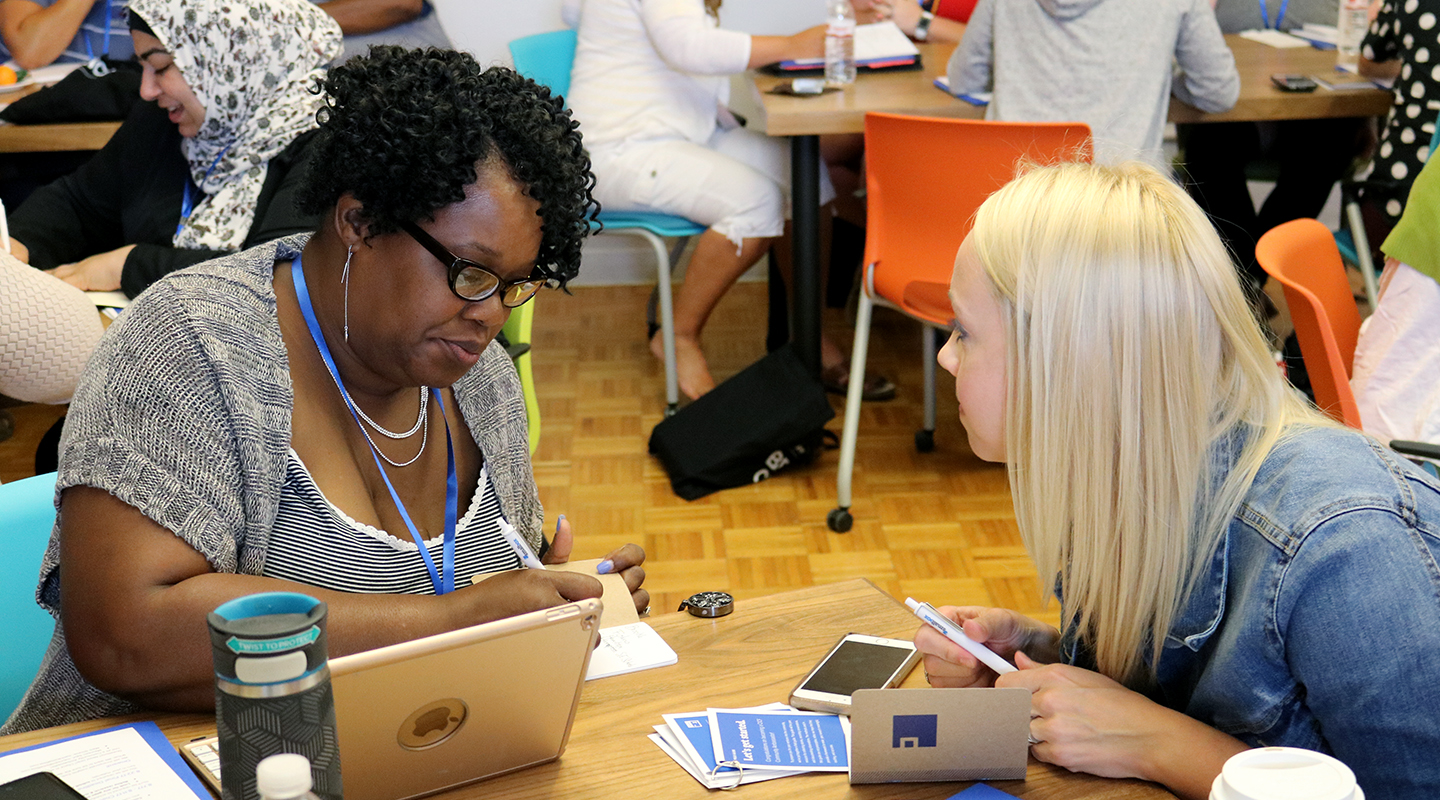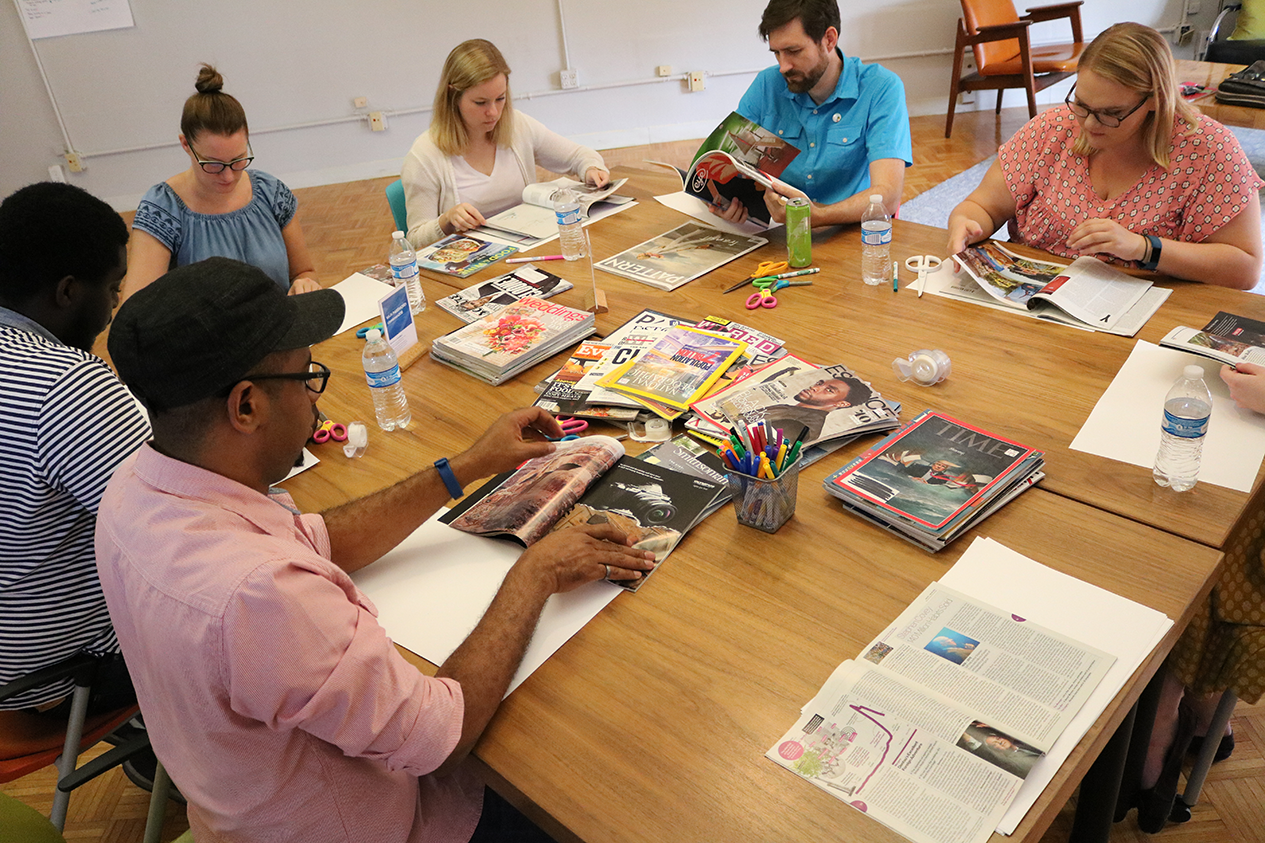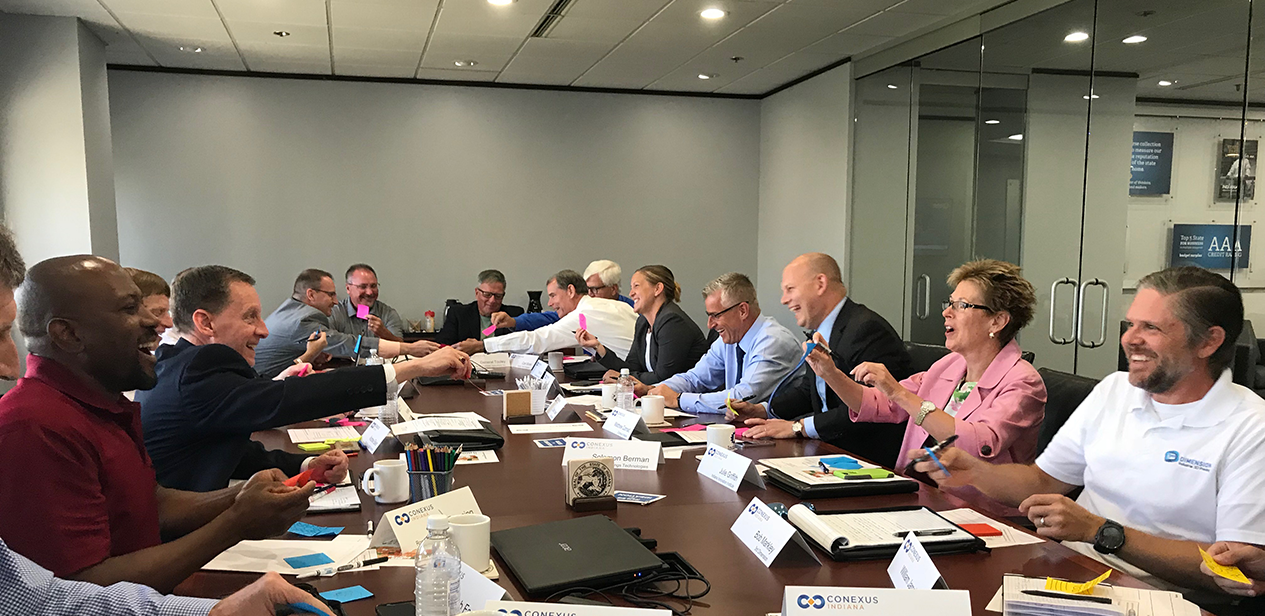Why Nonprofits Should Embrace Human-Centered Design
Let’s face it – when it comes to serving others, “optimization” and “automation” will only take you so far.
There are a thousand tools for increasing donations, sending pithy emails, and microtargeting followers and potential converts across social media and the web. But good tools will only take you so far – and to truly scale your organizational impact, you’ve got to go beyond big data and get off-screen (you can wait till you read the rest of this post…).
Think of human-centered design as a platform-agnostic toolkit that can help you scale your organizational impact. Whether you’re in the backyard or the board room, intentionally including the audiences you serve when developing program updates, service offerings, project roadmaps, or strategic plans, you’ll gain…

Unique Insights
Insights can only be as unique as the people you ask – which is why it’s important to engage a diverse set of audiences as early as possible in your project. Don’t limit your research to standard audience members; seeking outliers (or those on the fringe of who you may typically engage) can also be fruitful to surface a host of information you might otherwise be ignoring.
The real surprise – and gift – from actively engaging people? When your assumptions are wrong! Because it is often difficult to see beyond the lens of our own experience, empathy-driven research will surprise you. When you begin to ask others about the knowledge that is inherent to their lived experience, you’ll learn something new every time.

Real-Time Data
The 20th century model of nonprofits and grantmaking emphasized multi-year grants that were often not engineered to respond to change. But people and communities experience change on a daily basis – today, nonprofits must be adaptable and flexible in order to truly meet the expectations of both audiences and stakeholders.
Real-time efficiency can result from trusted relationships with the people you serve. Why wait a year or more before reading a report about something that didn’t work? Gather real-time data and eliminate costly mistakes. A simple way to integrate this into your processes is by setting up regular feedback loops (as simple as a check-in, neighborhood visit, or phone call) with key audiences. Soliciting in-person preferences, listening objectively, and measuring actual impact can be the difference-maker between a missed opportunity and a simple change that actually serves people.
How it works: read how a listening tour shaped The Garden’s rebrand, programming, and outreach.

Participatory Design = Stronger Solutions
Your organization can design stronger strategies, programs, and services by including the people they’re meant for. Seems like a no-brainer, right? By regularly involving people at the center of your project in your process, you’ll gain essential knowledge at every step, resulting in a stronger solution from Day One!
While involving additional stakeholders from the outset of the project may seem intimidating or time-intensive, we’ve found that it also generates momentum, fosters consensus, and builds relationships that continue long after a project ends. People want to be involved – and excitement matters, both inside and outside your organization.
Has your nonprofit integrated human-centered design practices in programming, services, or strategic planning? Let us know what has worked for your organization, or how we can help!
